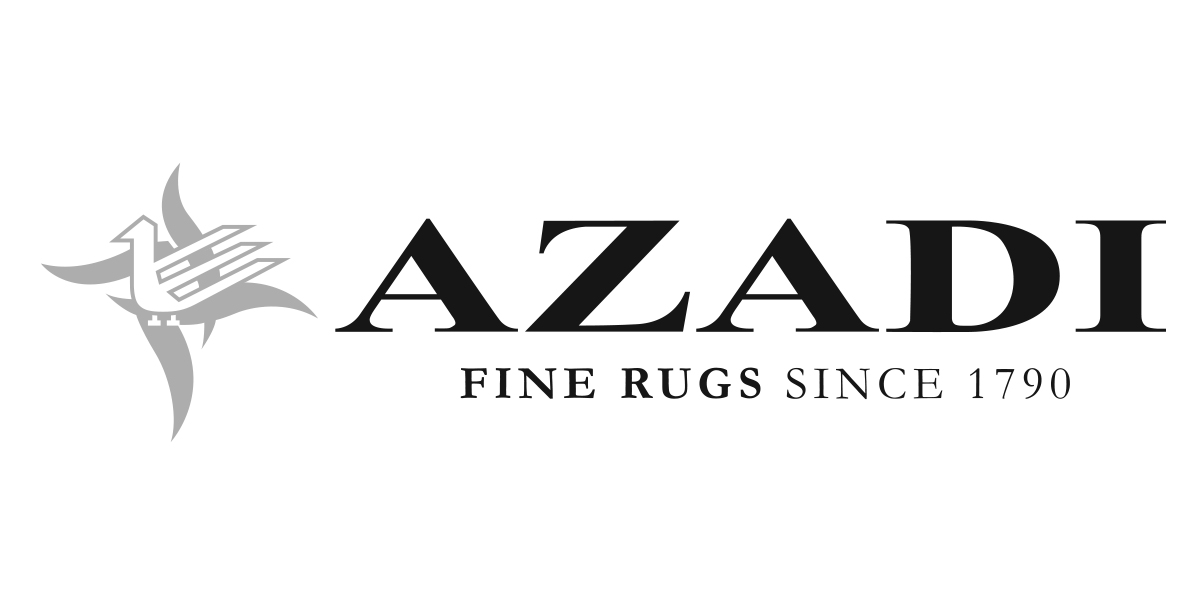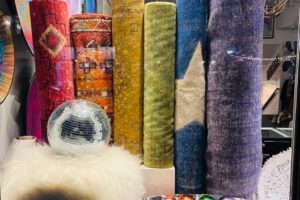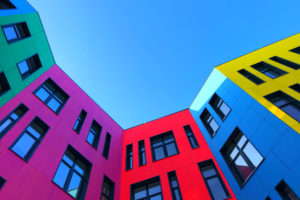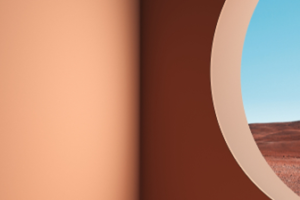By: David Neishabori

The lavish and upscale Persian rug has been a much sought-after commodity throughout history. It has had a profound influence on the world’s ancient and modern cultures. Each one of the masterpieces is a tapestry of true character. The materials, colors, and patterns that go into the handwoven rug are all part of an incredibly unique story. The weaver selects specific colors and motifs to not only create a beautiful area rug but also to have a deeper meaning.
Green in a Persian Rug
Green is often used to depict prosperity, growth, health, and balance. It is the vibrant use of a field or the forest. In many ways, it shows rebirth and illustrates new opportunities. Green is normally a dominant color in a Persian rug. Interestingly, the Koran teaches that Mohammed’s favorite hue was a crystal-clear emerald green. Persian rugs are normally created in Iran and surrounding countries where Islam dominates, which is why the sacred shade is often used in Persian rugs. Enjoy this array of green contemporary rugs from AZADI Fine Rugs.
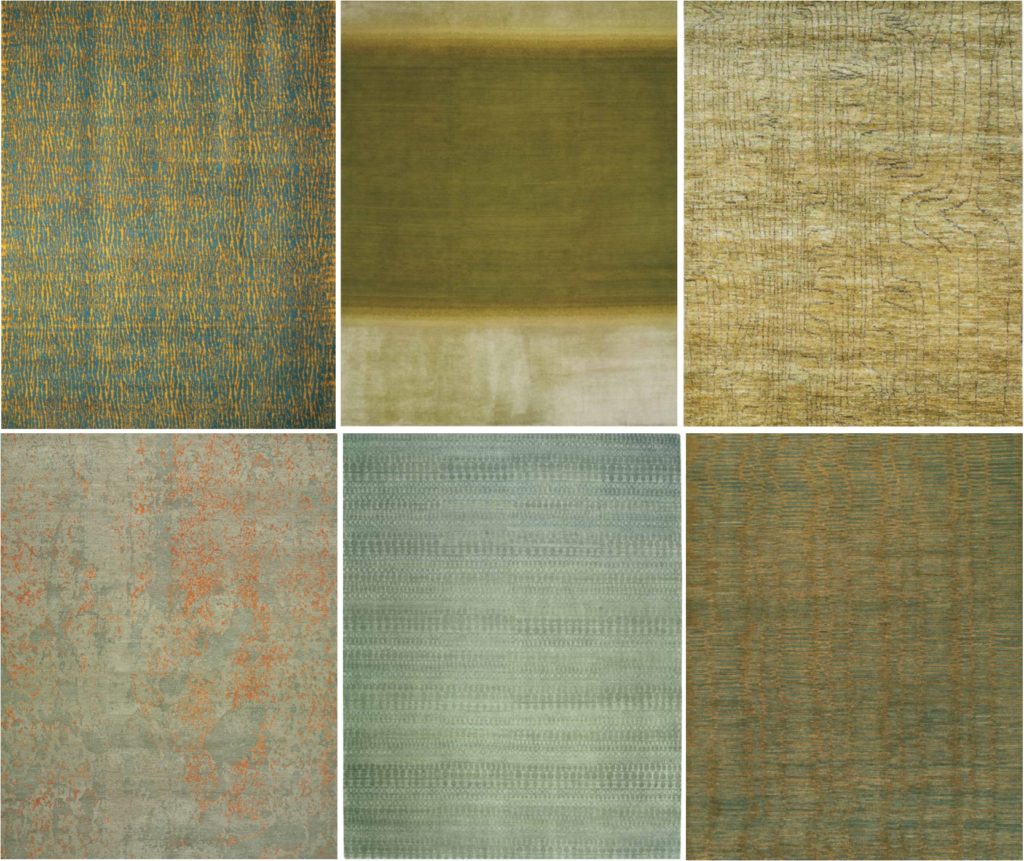
Red is a Passionate and Powerful Hue
Red has always been associated with passion. It can appear as a soft and warm shade or be vibrant and energizing. Undoubtedly, red is exciting and instantly draws a person’s eyes. Rug makers use red to outline eye-catching designs and to truly emphasize the detail in the piece. A bright coloration renders a powerful impact. Artisans often use madder root, insects such as snails and beetles, and flowers to attain the color for the wool in the rug. In Asian countries, Persian rugs with a dominant red color are much sought after because they are believed to symbolize luck. Pictured below is a selection of passionate and powerful contemporary rugs available from AZADI Fine Rugs.
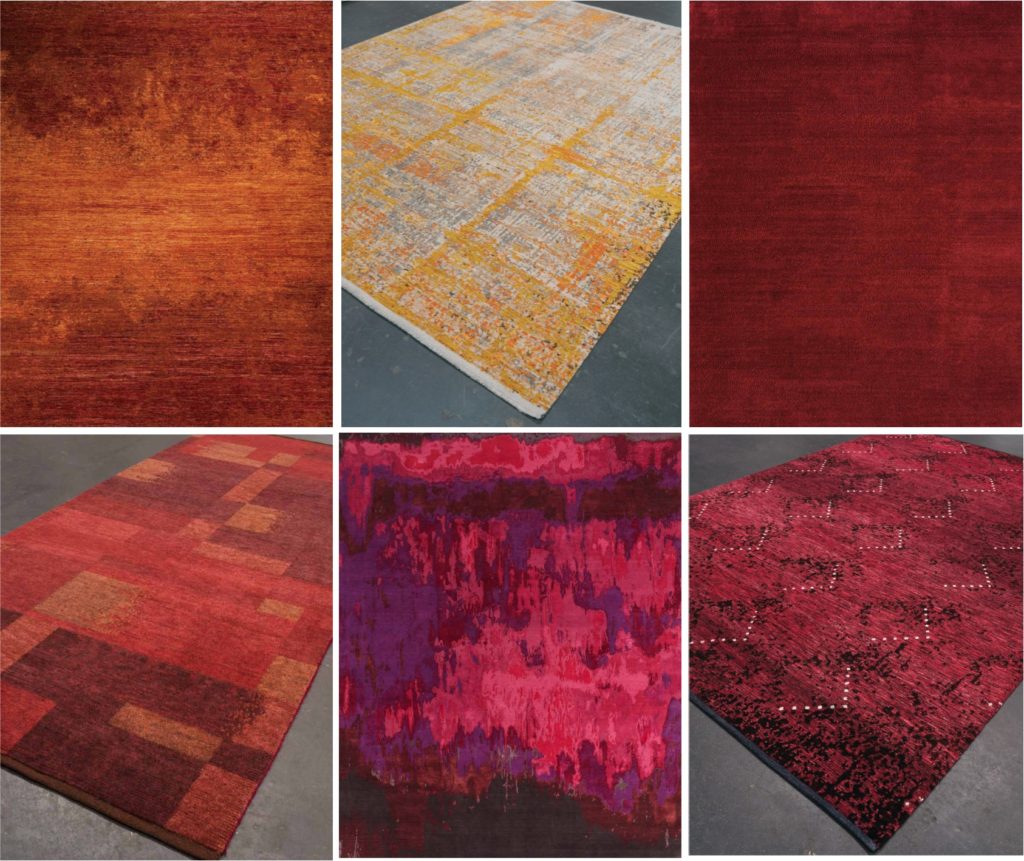
The Tranquility of Blue
Blue brings tranquility and a deep sense of inner peace. It is the third most common color used in a Persian rug. Rug weavers would often obtain blue by extracting it from the woad and the indigo plant. Many individuals think of blue as a symbol of power and the afterlife. Rug weavers used the shade to express a hope for life after death.

Yellow and Gold Equal Happiness for Royalty and Certain Prestigious Families
Yellow and gold are historically used to depict happiness and positive energy. The lovely light of the sun and the sheer joy of living are replicated in yellow hued Persian rugs. The color was usually obtained from pomegranates, saffron, chamomile, and vines. Historically, a Persian rug that featured gold or yellow as the dominant shade was reserved only for royalty or very prominent families. It is common for golden threads to also be woven through the design.
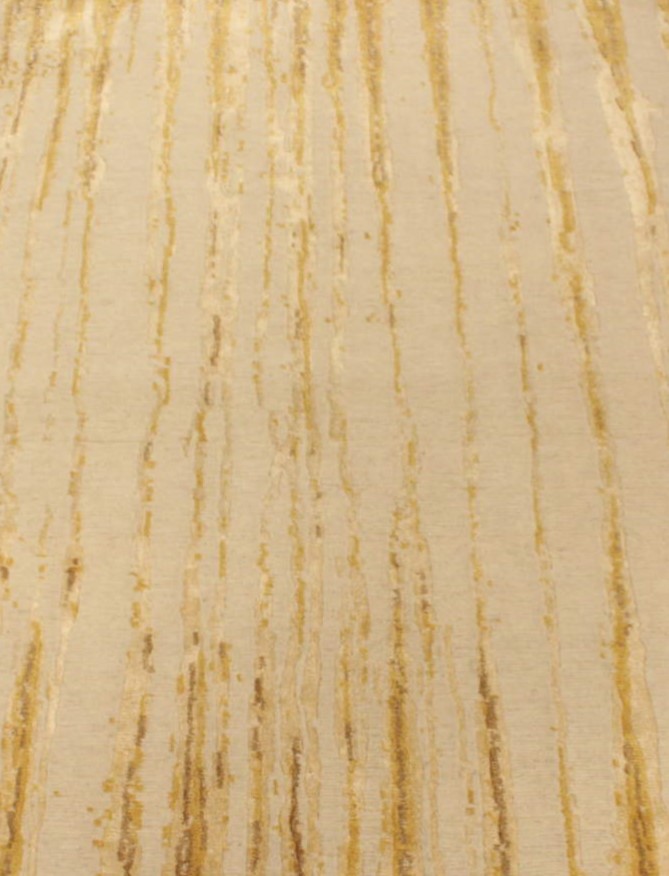
Brown is a Return to the Earth
Brown is the color of Mother Earth and is often used to portray fertility. Tree bark and walnuts were frequently used to create the shade for the wool of the rugs. Persian rugs in the Orient often have a great deal of brown mixed throughout the detail.
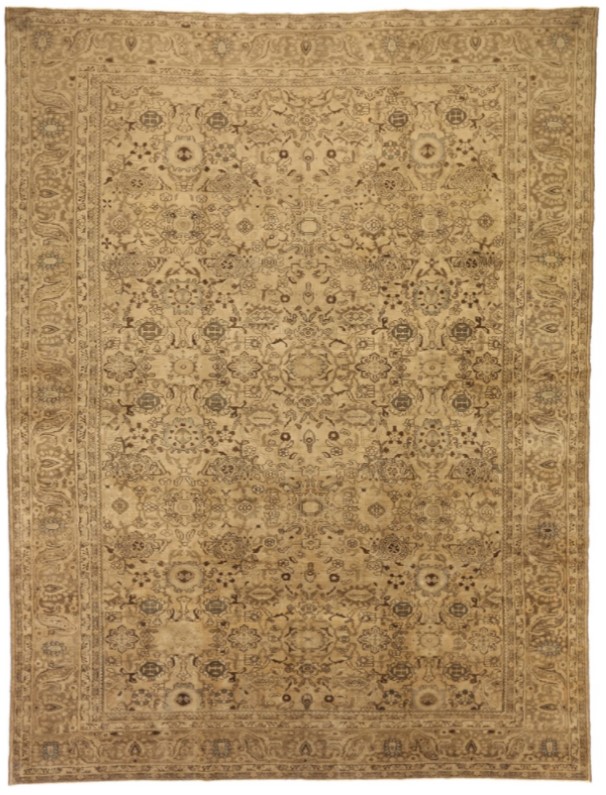
Beige and White for Purity
White is the hallmark color of innocence and purity. Often beige and whites are mixed together. They are frequently base shades on top of which other colors are woven.
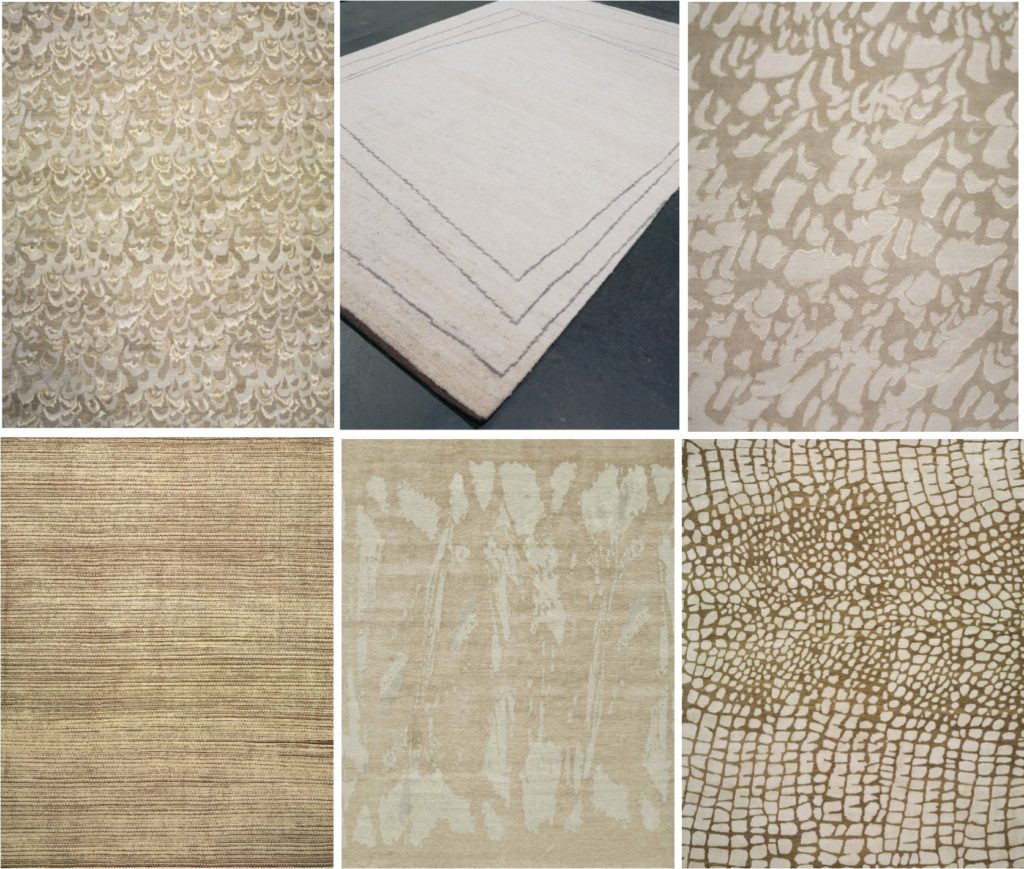
Black was a Color to be Avoided
Persian weavers rarely used black to create the motif of their beloved Persian rugs because the color was associated with death and destruction. On rare occasions, it would be used to outline a detail or an accent. The midnight shade was garnered from oak tree galls, tannin, and iron.
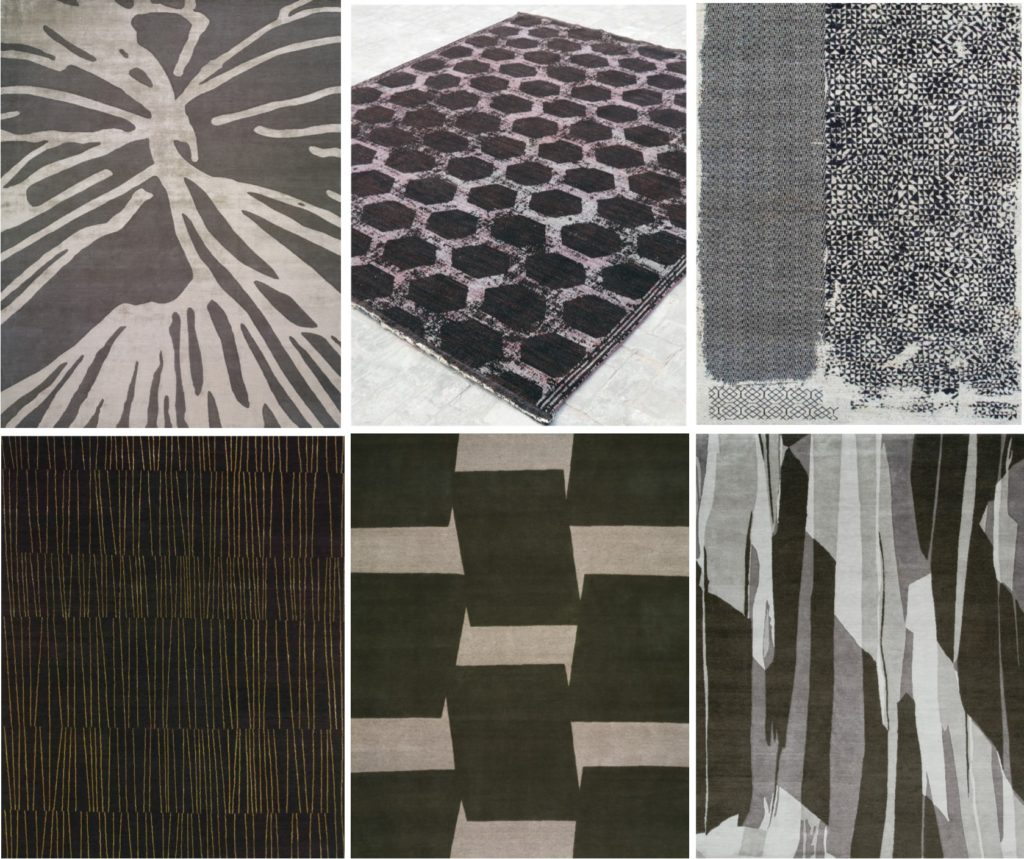
Orange is Strongly Associated with Hinduism and Buddhism
Orange elicits excitement and is often associated with fire. Orange has an extraordinarily strong association with Hinduism and Buddhism. The strong religious emphasis is why it is an immensely popular hue found in rugs throughout the East. Rug weavers often believed that using the color showed their humility and piety in devotion and faith. Rug weavers would mix yellow and red to create varying shades of orange to be used on the wool. Many people view orange as a color that represents wholeness.
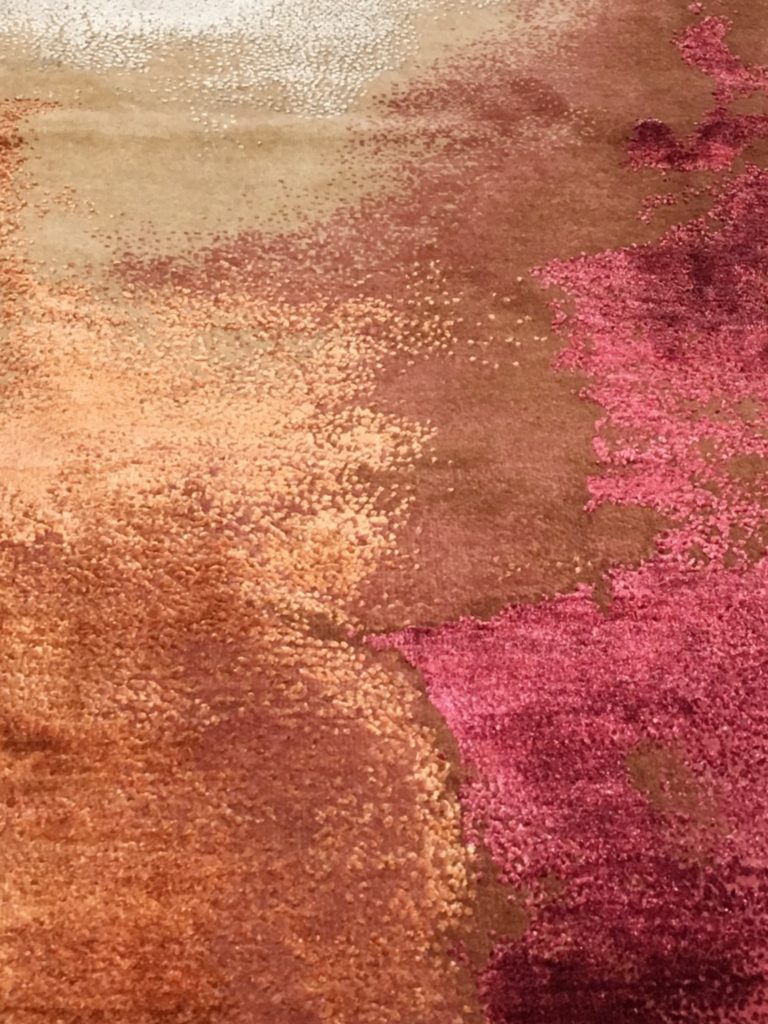
Nowadays, artisans around the world handcraft intricate Persian rugs. Many of the rug makers are direct descendants of multiple generations of weavers. They continue to keep the traditions and color choices true. Each rug that they weave is a story that proudly displays history in each thread.
If you are interested in a fine handwoven rug, then please visit one of six of AZADI’s rug galleries or contact our décor specialist to learn about our many rug choices. Call today to begin your unforgettable shopping experience.
Visit AZADI Fine Rugs in the following locations: (AZ, CO, WY, and by appointment… anywhere in the U.S.A.)
AZADI Fine Rugs In Scottsdale: (480) 483-4600 https://www.azadifinerugs.com/scottsdale-az/
AZADI Fine Rugs In Sedona: (928) 203-0400 https://www.azadifinerugs.com/sedona-az/
AZADI Fine Rugs In Jackson Hole (307) 734-0169 https://www.azadifinerugs.com/jackson-hole/
AZADI Fine Rugs In Telluride: (970) 728-4620 https://www.azadifinerugs.com/telluride-co/
AZADI Navajo Rugs in Sedona: (928) 203-0620 https://www.azadifinerugs.com/sedona-navajo/
THE AZADI STORY
David Neishabori is a sixth-generation owner of the oldest rug weaving company in the world. He came to the United States at the age of 15 by himself, and after graduating from Cal State University, Fullerton, he continued his family’s wholesale business, bringing it to America from Germany. He decided to dive into his passion of inspiring others through fine rugs with unforgettable service and has gone on to establish fine rug galleries in Scottsdale, Sedona, Telluride, and Jackson Hole. David is also passionate about personal growth and is a graduate of Anthony Robbins school of “power of mind over body”, including walking barefoot across fire! As a result of his mission of creating worldwide beauty, a portion of your purchase at AZADI goes directly to weaving a brighter future for women.
AZADI Philanthropy
David lives his life with the philosophy of “Living is Giving”. His mission is weaving a better future for women and creating worldwide beauty. AZADI, with David’s commitment, is involved in many local, national, and global charities. Additionally AZADI is committed to the following annual events:
· The AZADI Annual Turkey Drive (benefiting St. Mary’s Food Bank, The Sedona Community Food Bank, Telluride Angel Baskets and Teton Youth & Family Services)
· The AZADI Angel Program (supporting families in need during the holidays.)
· The AZADI American Dream Art Program (created by David to inspire kids between the ages of 7-18 to dream big in school.)

